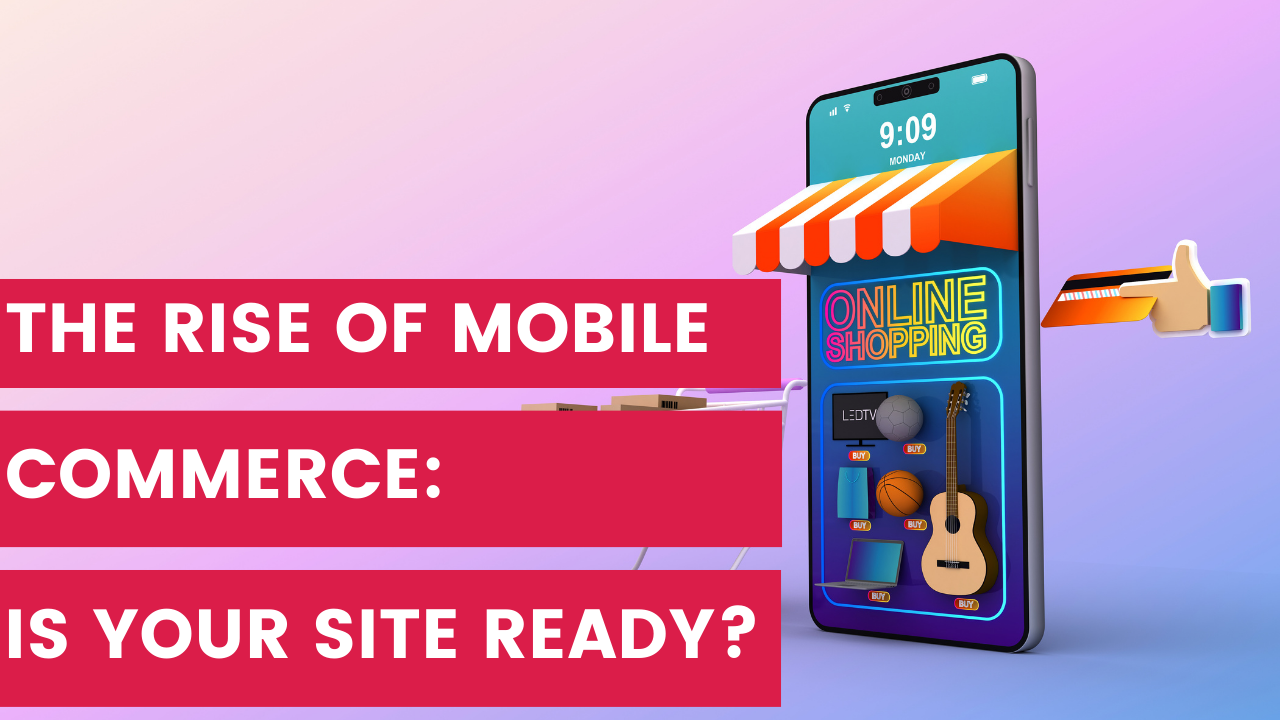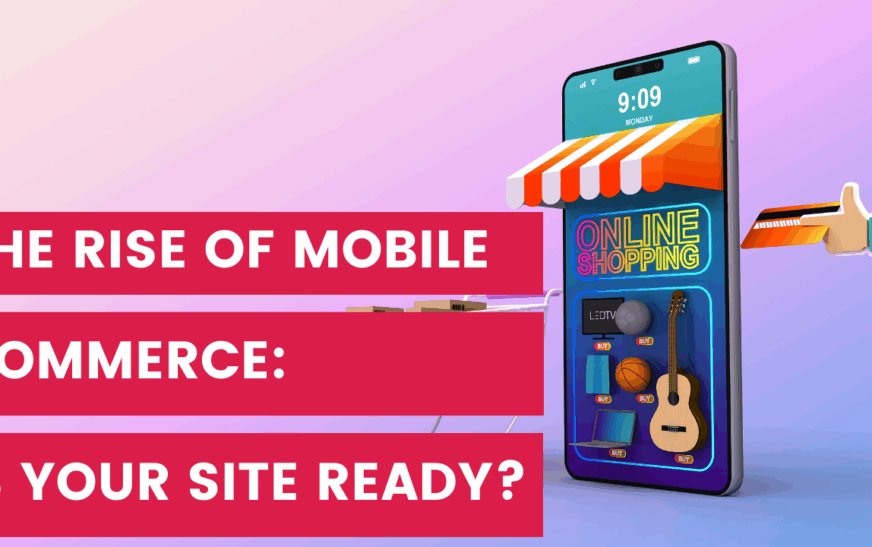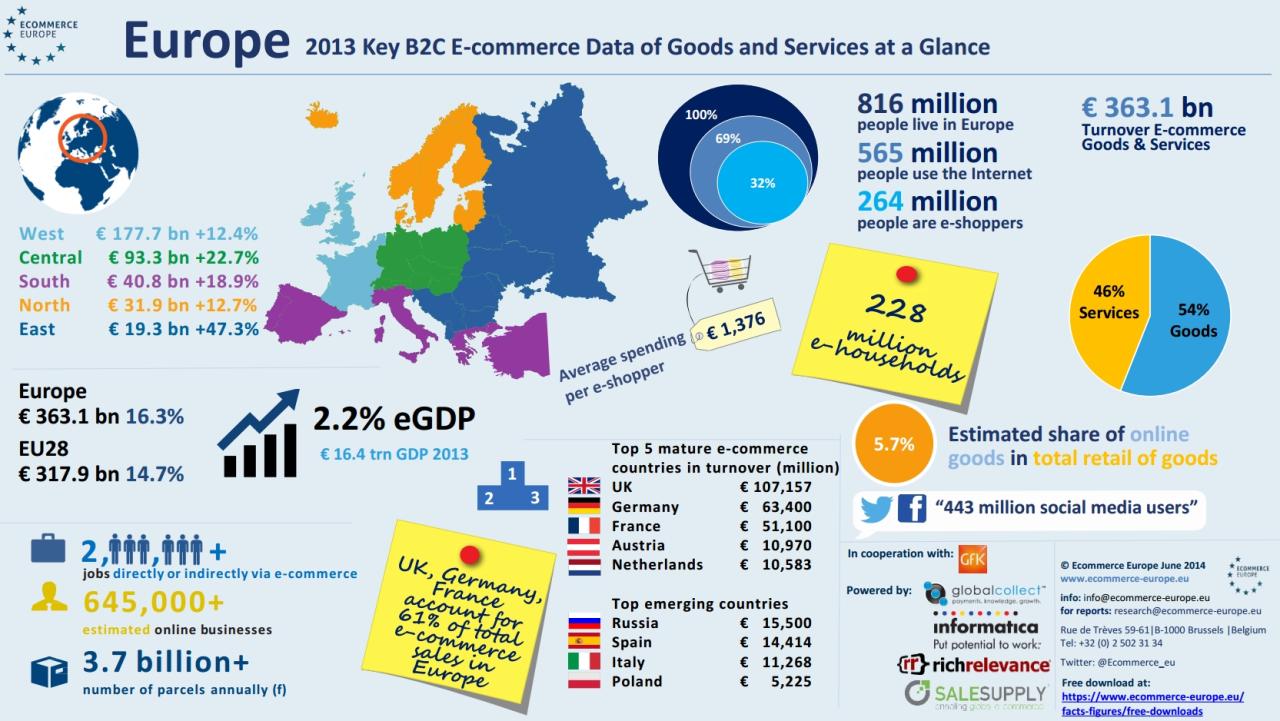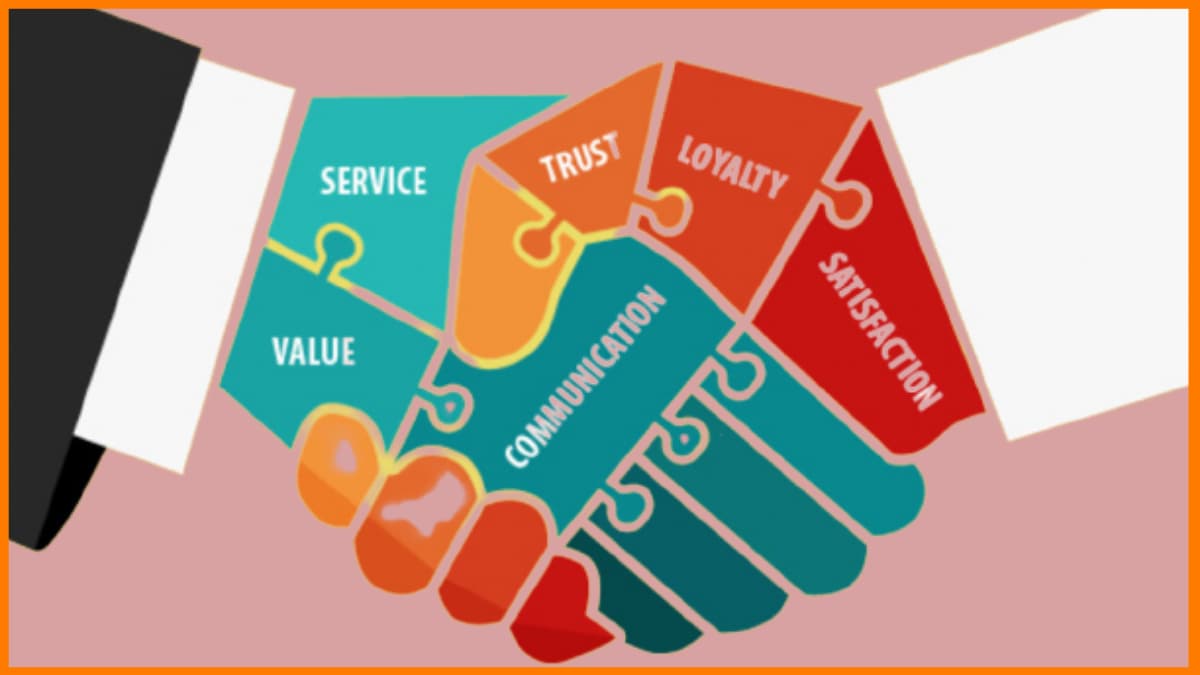As The Rise of Mobile-First Ecommerce in Developing Nations takes center stage, this opening passage beckons readers into a world crafted with good knowledge, ensuring a reading experience that is both absorbing and distinctly original.
The discussion delves into the significance of mobile-first approach in developing nations, successful platforms, mobile internet penetration impact, challenges and opportunities, mobile payment solutions, user experience design, and localization strategies.
Overview of Mobile-First Ecommerce in Developing Nations
Mobile-first ecommerce refers to the approach where businesses prioritize mobile devices as the primary platform for online transactions and interactions with customers. This means designing websites, applications, and payment systems specifically for mobile users, considering the unique challenges and opportunities presented by mobile technology.The significance of a mobile-first approach in developing nations cannot be overstated.
With the increasing penetration of smartphones and mobile internet access in these regions, businesses have a huge opportunity to reach a large and diverse customer base. Mobile-first ecommerce allows businesses to tap into this market by providing a seamless and user-friendly shopping experience tailored to mobile devices.
Examples of Successful Mobile-First Ecommerce Platforms in Developing Nations
- Jumia: Often referred to as the "Amazon of Africa," Jumia is a leading ecommerce platform in many African countries. With a strong focus on mobile users, Jumia offers a wide range of products and services through its mobile app, making online shopping accessible to a large segment of the population.
- Flipkart: Based in India, Flipkart is one of the largest ecommerce platforms in the country, known for its mobile-first approach. The company has developed a user-friendly mobile app that caters to the specific needs and preferences of Indian consumers, contributing to its success in the market.
- Lazada: Operating in Southeast Asia, Lazada is a popular ecommerce platform that has embraced the mobile-first strategy. By providing a seamless shopping experience on mobile devices, Lazada has become a preferred choice for online shoppers in the region, driving significant growth and revenue for the company.
Mobile Internet Penetration and Its Impact
Mobile internet penetration in developing nations has been steadily increasing over the years, providing more individuals with access to the online world. This rise in mobile internet access has had a significant impact on ecommerce trends in these regions, shaping the way businesses operate and consumers shop.
Level of Mobile Internet Penetration
- In Africa, mobile internet penetration is on the rise, with countries like Nigeria, Egypt, and South Africa leading the way.
- In Asia, countries like India, Indonesia, and the Philippines have seen a surge in mobile internet usage, opening up new opportunities for ecommerce businesses.
- In Latin America, nations like Brazil, Mexico, and Argentina have also experienced a growth in mobile internet penetration, paving the way for a thriving ecommerce market.
Impact on Ecommerce Trends
- Increased mobile internet access has made it easier for businesses to reach a wider audience, leading to the growth of online shopping platforms and marketplaces.
- Consumers now have the convenience of shopping anytime, anywhere, which has contributed to a rise in online purchases and digital transactions.
- Mobile-first ecommerce strategies have become crucial for businesses looking to cater to the growing number of mobile internet users in developing nations.
Statistics on Mobile Internet Usage
| Region | Percentage of Mobile Internet Users |
|---|---|
| Africa | 34% |
| Asia | 48% |
| Latin America | 42% |
Challenges and Opportunities for Mobile-First Ecommerce
In the realm of mobile-first ecommerce in developing nations, businesses encounter a unique set of challenges and opportunities that shape their strategies and outcomes.
Challenges Faced by Businesses
- Limited Internet Connectivity: In many developing nations, access to stable and high-speed internet remains a challenge, hindering the seamless operation of mobile-first ecommerce platforms.
- Trust and Security Concerns: Building trust among consumers for online transactions and ensuring data security are significant hurdles for businesses venturing into mobile-first ecommerce.
- Payment Infrastructure: The lack of robust payment infrastructure and digital payment solutions in some regions can create barriers for businesses looking to expand their mobile commerce operations.
- Logistical Constraints: Efficient and reliable logistics and delivery services are essential for the success of ecommerce ventures, posing a challenge in areas with underdeveloped infrastructure.
Opportunities for Economic Growth
- Market Expansion: Mobile-first ecommerce opens up new markets and reaches previously untapped consumer segments, driving economic growth through increased sales and market penetration.
- Job Creation: The growth of mobile commerce creates opportunities for employment in various sectors, such as logistics, customer service, and digital marketing, contributing to economic development.
- Financial Inclusion: Mobile-first ecommerce can promote financial inclusion by providing access to digital payment solutions and enabling individuals in underserved communities to participate in online transactions.
- Innovation and Entrepreneurship: The digital landscape of mobile-first ecommerce fosters innovation and entrepreneurship, empowering small businesses and startups to thrive in a competitive market environment.
Mobile Payment Solutions and Security
Mobile payment solutions play a crucial role in driving mobile-first ecommerce by providing convenience and accessibility to consumers. In developing nations, where traditional banking infrastructure may be limited, mobile payment methods have emerged as a key enabler for online transactions.
However, ensuring the security of these payment gateways is essential to build consumer trust and encourage adoption.
Role of Mobile Payment Solutions
- Mobile wallets: Mobile wallets like M-Pesa in Kenya and Paytm in India have gained popularity for their ease of use and accessibility, allowing users to store funds and make payments through their mobile devices.
- Mobile banking: Many developing nations have seen a rise in mobile banking services offered by traditional banks, enabling customers to transfer funds, pay bills, and make purchases using their mobile phones.
- Carrier billing: In regions where credit card penetration is low, carrier billing allows users to make purchases and pay for digital goods by charging the amount to their mobile phone bill.
Importance of Secure Payment Gateways
- Consumer trust: Secure payment gateways are essential to protect sensitive financial information and prevent fraud, helping to build trust among consumers and encourage them to make online purchases.
- Data encryption: Implementing encryption technologies like SSL (Secure Sockets Layer) ensures that payment data is transmitted securely over the internet, safeguarding it from unauthorized access.
- Two-factor authentication: Adding an extra layer of security with two-factor authentication can help verify the identity of users and reduce the risk of unauthorized transactions.
Popular Mobile Payment Methods in Developing Nations
- QR code payments: QR code-based payment solutions like Alipay and WeChat Pay in China have become widely used for in-store and online transactions, offering a convenient and contactless payment option.
- Mobile money: Services like M-Pesa in Kenya and GCash in the Philippines allow users to transfer money, pay bills, and make purchases using their mobile phones, catering to the unbanked population.
- USSD payments: Unstructured Supplementary Service Data (USSD) codes provide a simple way for users with basic mobile phones to access financial services and make payments without the need for internet connectivity.
User Experience Design for Mobile Ecommerce
User experience design plays a crucial role in the success of mobile ecommerce platforms. It involves creating a seamless and intuitive interface that enhances customer satisfaction and encourages repeat business. A well-designed user experience can significantly impact customer retention and conversion rates in developing nations where mobile commerce is on the rise.
Key Elements of a User-Friendly Mobile Ecommerce Platform
- Simple and Intuitive Navigation: Ensure easy navigation with clear menus and search functions.
- Mobile Responsiveness: Optimize the platform for various screen sizes and devices.
- Fast Loading Speed: Minimize loading times to prevent user frustration.
- Secure Payment Options: Offer reliable and secure payment methods for customer trust.
- Personalization: Tailor the shopping experience based on user preferences and behavior.
Impact of User Experience Design on Customer Retention and Conversion Rates
- Improved Customer Satisfaction: A user-friendly interface enhances customer satisfaction and loyalty.
- Higher Conversion Rates: A seamless shopping experience can lead to increased conversions and sales.
- Reduced Bounce Rates: Easy navigation and fast loading times help retain users on the platform.
- Enhanced Brand Reputation: Positive user experiences contribute to a favorable brand image.
Tips for Optimizing User Experience on Mobile Ecommerce Websites in Developing Nations
- Localized Content: Adapt the platform to the local language and culture for better engagement.
- Optimized Images and Videos: Use compressed media files to ensure quick loading times.
- Mobile-Friendly Payment Options: Provide convenient payment methods suitable for mobile users.
- User Testing: Conduct regular testing to identify and address any usability issues.
- Feedback Mechanism: Encourage user feedback to continuously improve the platform based on customer insights.
Localization Strategies for Mobile-First Ecommerce

Localization is a crucial aspect of mobile-first ecommerce in developing nations as it allows businesses to connect with diverse audiences on a deeper level. By tailoring mobile platforms to suit the cultural and linguistic preferences of users, companies can enhance user experience and build trust with their target market.
Importance of Localization in Mobile-First Ecommerce
- Localization helps businesses overcome language barriers and cultural differences, making it easier for users to navigate and make purchases on mobile platforms.
- By offering content in the local language and incorporating cultural references, companies can establish a sense of familiarity and trust with their audience.
- Personalizing the user experience based on location and preferences can lead to higher engagement and conversion rates, ultimately driving business growth.
Examples of Successful Localization Strategies
- Flipkart, an Indian ecommerce giant, offers multiple language options on its mobile app to cater to users from different regions across the country.
- Jumia, a leading ecommerce platform in Africa, adapts its product offerings and promotions to align with local holidays and traditions, resonating with customers on a cultural level.
- MercadoLibre, a popular marketplace in Latin America, provides localized payment methods and shipping options to meet the unique needs of each market it operates in.
Epilogue
In conclusion, the landscape of mobile-first ecommerce in developing nations is a dynamic space filled with challenges and opportunities. Businesses that can navigate these waters effectively stand to benefit greatly from the ever-growing mobile market.
Common Queries
What is the significance of mobile-first approach in developing nations?
The mobile-first approach is crucial in these regions due to the high penetration of mobile devices and limited access to traditional computers.
How can businesses overcome challenges in implementing mobile-first strategies?
Businesses can overcome challenges by investing in user-friendly design, secure payment gateways, and tailored localization strategies.
What are some popular mobile payment methods used in developing nations?
Popular mobile payment methods include mobile wallets, QR code payments, and mobile banking apps.
Why is user experience design important for mobile ecommerce platforms?
User experience design directly impacts customer retention and conversion rates, making it essential for the success of mobile ecommerce.
How can businesses tailor their mobile platforms to suit diverse audiences?
Businesses can tailor their platforms by incorporating language options, culturally relevant content, and localized payment methods to meet the preferences of diverse audiences.




